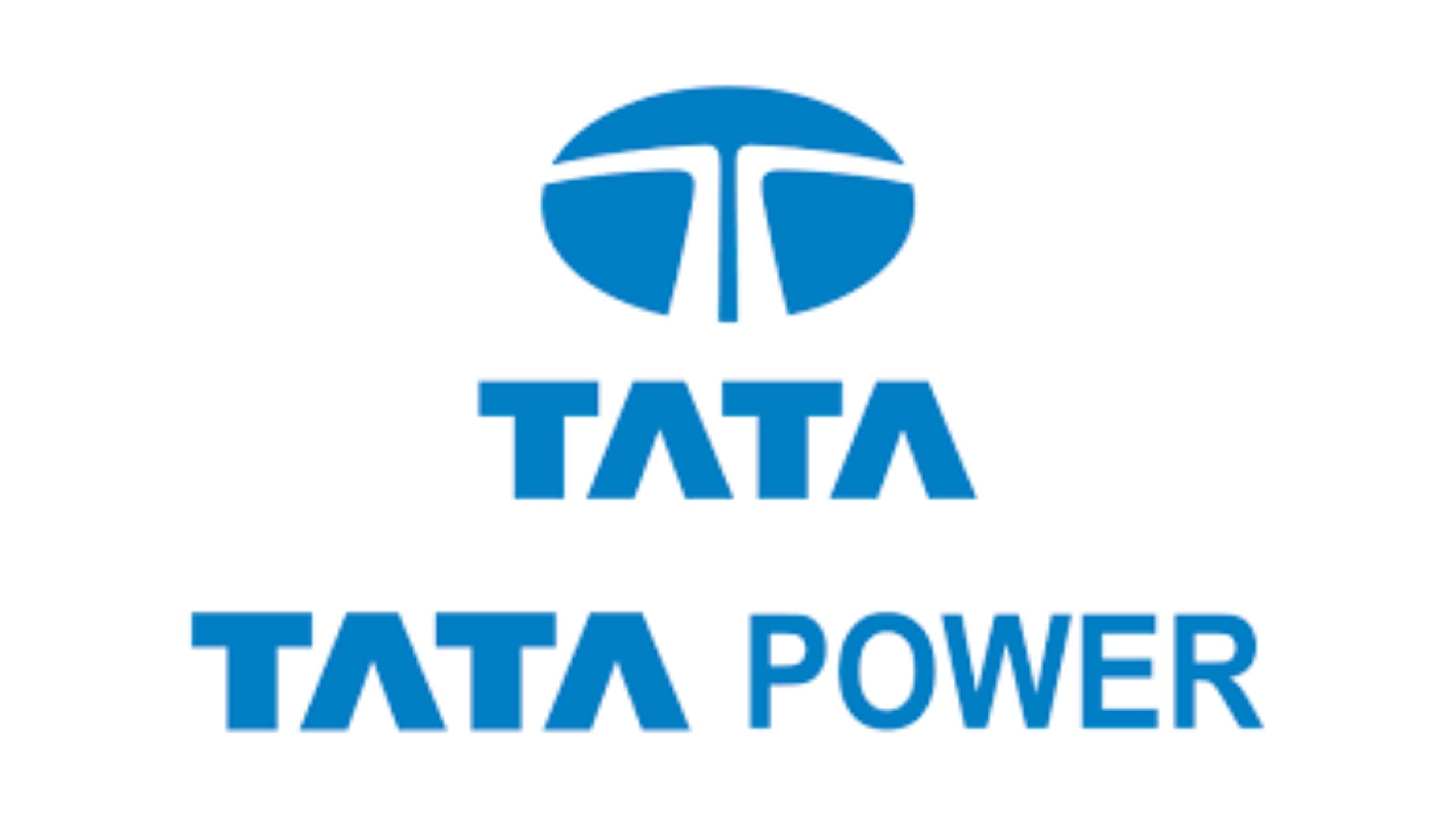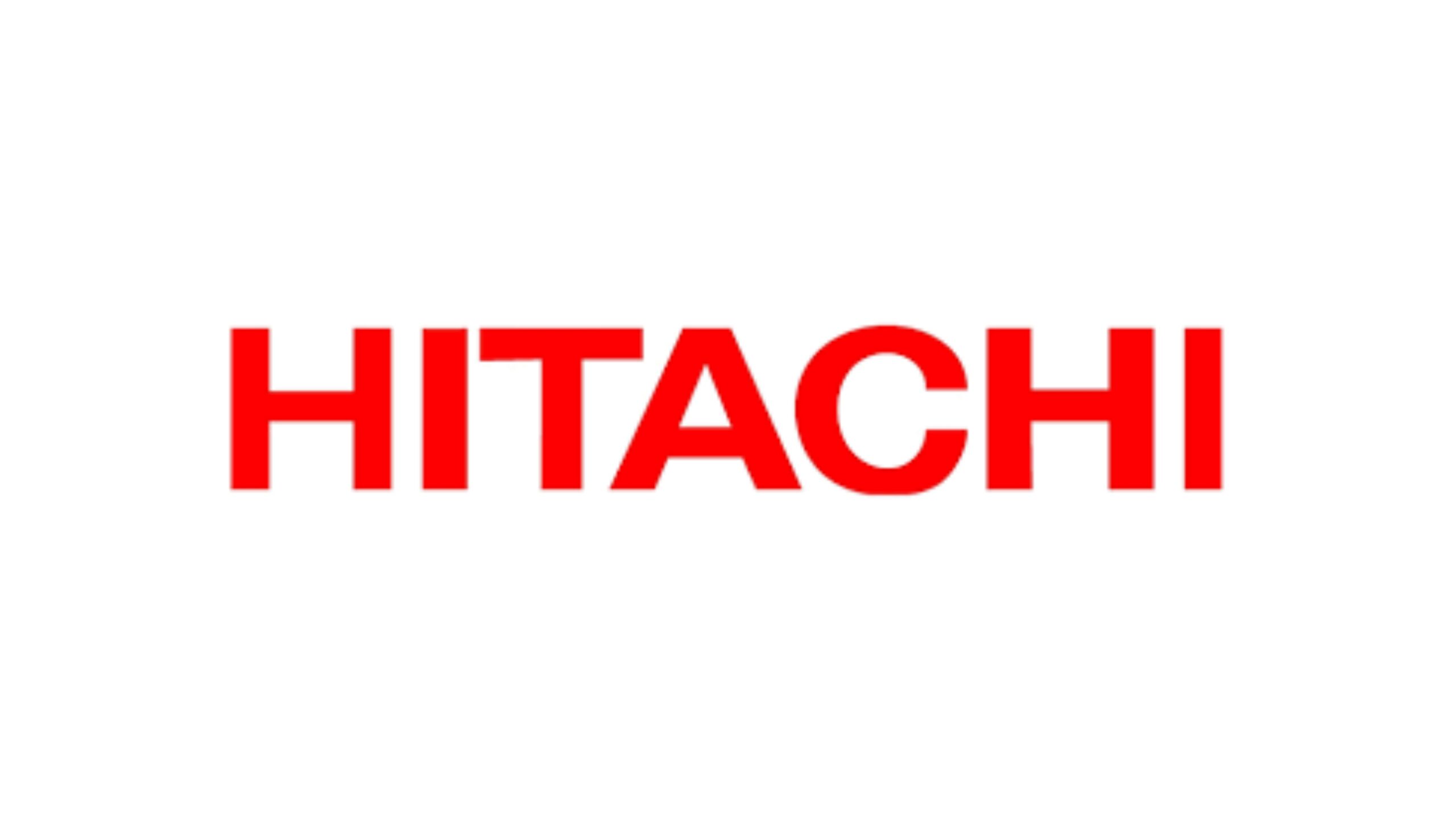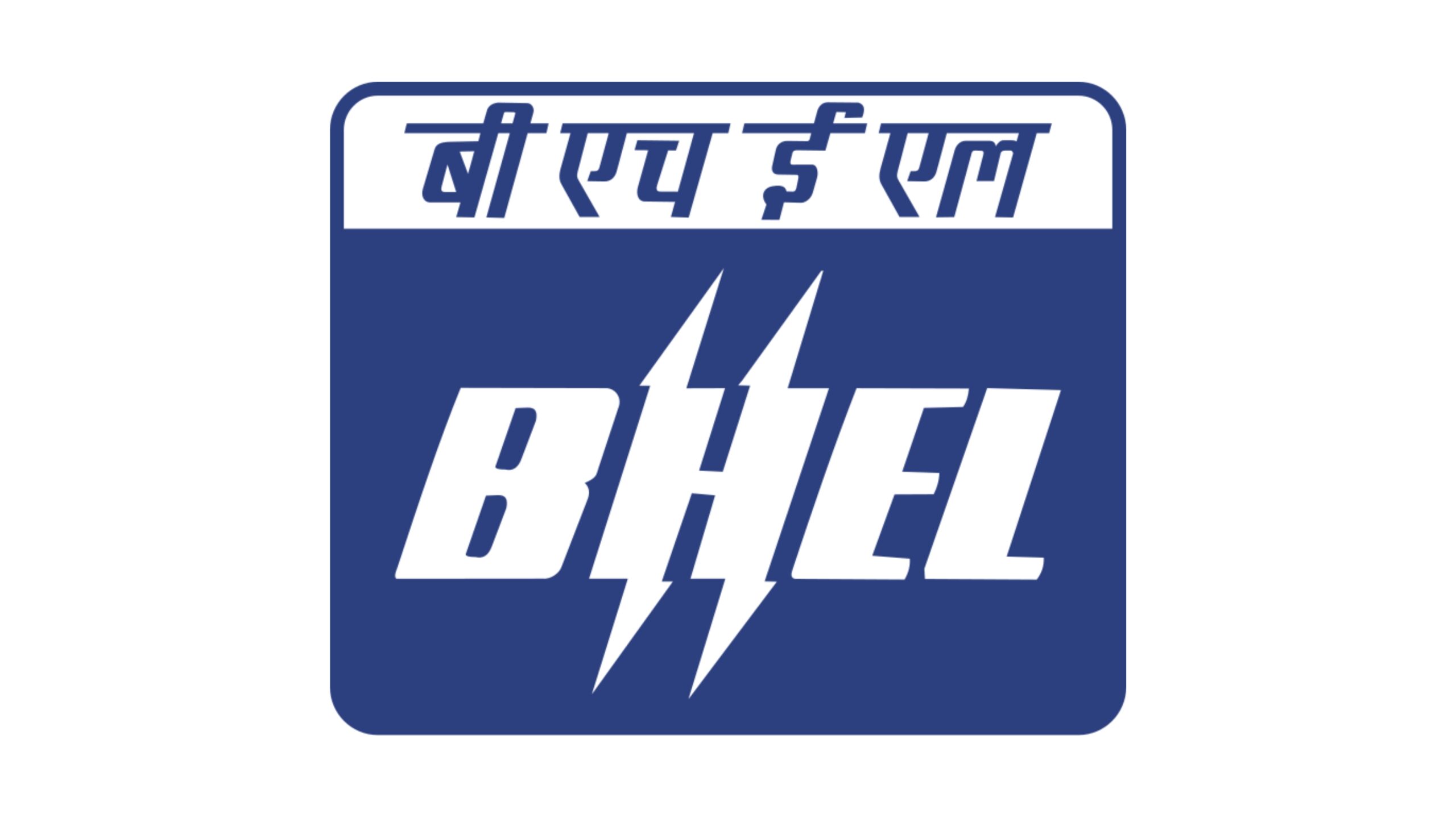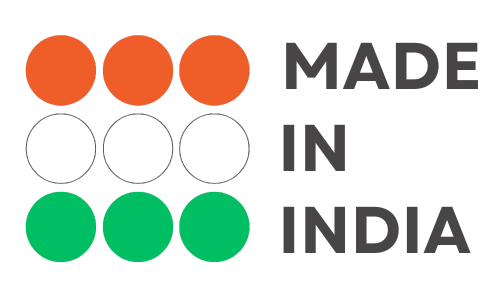Top 5 Benefits of Using Rotary Vane Pumps in…
Rotary vane pumps are widespread in many industries. They are a simple class of machines that move fluids or generate vacuums. Businesses use them…











Rotary vane pumps are widespread in many industries. They are a simple class of machines that move fluids or generate vacuums. Businesses use them…
Have you ever wondered how your car’s power steering works? Or how espresso machines pump out that perfect shot? The answer lies in a…
Vacuum technology might seem like something out of a sci-fi movie, but it’s actually part of everyday life. Think about the crisp bag of…

© 2025 – Mechvactech. All Right reserved.
